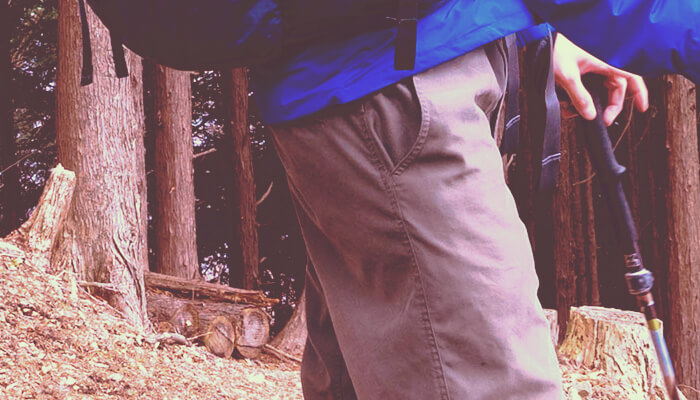
Surprisingly, don't you know? How to choose the best trekking pants
table of contents
- Think seriously about trekking pants that you tend to choose based on their appearance
- table of contents
- Features of trekking pants
- Checkpoint 1: Type
- Checkpoint 2: Thickness of the fabric
- Checkpoint 3: Fit and easy to move
- Checkpoint 4: Material (water repellent, breathable, quick drying, UPF, durability, weight)
- Checkpoint 5: Details (waist, pocket, hem)
- summary
Think seriously about trekking pants that you tend to choose based on their appearance
I'm sure there are many people who spend a lot of time choosing backpacks and trekking shoes in the world, but I'm sure there aren't many people who spend time on trekking pants. Thinking back to myself, most of the pants I've bought up to now were on sale, and when I was a beginner, I used to be a regular jersey. So, I understand how it feels, but in fact, trekking pants, like shoes, are essential parts for comfortable trekking. It's true that when I was a long time ago when I was passionate about climbing the river, I think it's hard to believe it now, but it's not to be reminded of the terrible past of a sloppy jersey causing her tortured legs to rub. So, this time, we will introduce five points to choose the best trekking pants that have not been talked about much before.
table of contents
Features of trekking pants - What's the difference between them and regular pants?
Checkpoint 2: Thickness of the fabric
Checkpoint 3: Fit and easy to move
Checkpoint 4: Material (UV protection, water repellency, breathability, durability, weight)
Checkpoint 5: Details (waist, pocket, hem)
Here are the recommended trekking pants for each season at the editorial team
- Lightweight and comfortable! 5 recommended trekking pants for spring and summer climbing
- Perfect for low mountain hiking in autumn and winter! 5 recommended trekking pants
Features of trekking pants
First, let's organize what trekking pants are and what makes them different from the pants you wear on a daily basis. Broadly speaking, trekking pants have the following characteristics that are superior to the pants you wear everyday.
- Breathability to reduce discomfort caused by sweat
- Mobility that does not tense when lifting or bending or stretching
- Durability protects against scratches caused by trees, rocks, etc.
- Quick drying that dries quickly even when wet
- Lightweight and easy to move
- Windproof and cold protection to prevent cold caused by wind and outside air
- Water repellent that repels some water and dirt
However, in reality, a single pair of pants does not have everything, and there are gradations of products with different emphasis points depending on the purpose. Therefore, when choosing pants, it is important to consider what kind of activities you are most likely to be. For example, activities that involve a lot of movement, such as climbing, are required to be light and stretchy, which do not interfere with body movement, but for summer hiking, the most important thing is breathability and quick-drying properties that keep your skin dry. Also, climbing a stream requires both wet and activities that have many climbing elements.
Checkpoint 1: Type
When you behave in nature, you need to avoid various risks such as scratches and dirt, sunlight, cold, and insect bites, so long pants are the basics of trekking pants . That said, it doesn't mean that long pants must be used in every situation. For speed-oriented hiking, or short distance courses in the middle of summer, short lengths such as short, half-capri pants may be more suitable. there are more and more trekking pants that are connected with a zipper and allow you to flexibly use long and short pants When choosing pants, first check which type is best for your purpose. Below we have summarized the advantages and disadvantages as criteria for choosing them.
Tips for choosing
- If you don't mind the overall silhouette or the feel of the zipper part, we definitely recommend the more versatile convertible type .
- of the climbing , and there are many overlapping parts for other functions, so they can be fully utilized for trekking (assuming that the material does not contain cotton).
- When choosing shorts, sunburn, injuries and cold protection are essential . In that case, we recommend combining it with support (functional) tights, etc.

A convertible type that can be adjusted to the optimal style in a variety of situations. There are various lengths, including half-Japanese and capri pants.
Checkpoint 2: Thickness of the fabric
Once you've decided on the type of pants that suits you, next time you'll need to think about how thick (volume) it's best. If you choose the short type as point 1, you will only have to assume that it is almost always hot in the summer, but for long pants, depending on the thickness of the fabric, it can be roughly divided into spring and summer, year-round, and snowy seasons (although strictly speaking, the structure is different for the snowy seasons) . If you choose a model that is suitable for the whole year (other than in harsh winters), you can rest assured for the time being , but in low mountains in the summer, it can be a little over-spec. Below we have summarized the general strengths and weaknesses of each model, so please use this as a reference (the fabric has the same stretchability and moisture permeability).
| type | For Spring/Summer | For all year round | For snowy season |
|---|---|---|---|
| Strength |
|
|
|
| weakness |
|
|
|
Tips for choosing
- For first-time buyers, we recommend a highly versatile (convertible type) year-round model . However, the best recommendation is to use the spring and summer models and the year-round model .
- is attractive for its lightweight and quick drying properties, and can survive a certain amount of cold season with ingenuity, such as wearing double inner tights .
Checkpoint 3: Fit and easy to move
Form (3D cutting)
The most important thing about trekking pants is that they have a wide range of movement and are easy to move around. However, if it is too loose, there is a risk of your feet getting caught on the hem and falling, and on the other hand, if it is too tight, it will become tense when you bend and stretch it out. For this reason, many trekking pants are made of ergonomically designed three-dimensional cut As you can see from the knee area in the photo on the right, this is designed to allow room in the knee area so that it does not stick even when bent or extended. Depending on the make and model, various other structures that do not interfere with body movement are incorporated into various parts, such as hip shapes and crotch play (gussets) , so try on and compare them to choose a model that fits your body and movement better.
Stretchability
Another thing that is used to allow the body to move naturally the highly stretchy fabric . The highly stretchy trekking pants contain polyurethane (spandex) and other materials, and there are many models that are surprisingly easy to move in. This allows for safe and comfortable walking, even with a relatively tight silhouette . When choosing, there are habits in the strength and stretch direction (such as stretching in only one vertical or horizontal direction, or stretching in all directions) depending on the manufacturer and model, so try on them and see how they feel.
Tips for choosing
- Try actually trying on clothes and bending and stretching out loudly to see how easy it is to move around .
- Since it will prevent your feet from getting caught on your pants, we recommend three-dimensional pants that are not too loose and highly stretchy (does not hinder movement) . It's not good to be too tight and easily get stuffy.
- Be careful as it has disadvantages such as excessive stretchability tends to become thicker and less durable
Checkpoint 4: Material (water repellent, breathable, quick drying, UPF, durability, weight)
In addition to the stretching functions listed above, there are various characteristics depending on the material, so be sure to check the following:
Water repellent
DWR (durable water repellent) fabric is very convenient as it can repel some light rain and snow . However, it is not "waterproof," so don't forget to take measures against serious rain.
Breathability, breathability, quick drying
If you move for a long time, your pants will contain a lot of water due to sweating in the lower body as well as sweat that has fallen from the upper body. Wetting can be fatal for outdoor activities, so choose trekking pants that are highly breathable, quick-drying, and moderately breathable . In this sense, chinos and jeans are strictly prohibited. have improved breathability with ventilation holes placed on the sides to ensure higher breathability than the material itself
UPF material
UPF is the "UV Prevention Index," which means how well the skin is protected from UV rays and sunburn . The higher the number, the more effective the protection against UV rays, but of course regular clothing itself also protects a certain amount of UV rays. If you are inevitably concerned about sunburn, choose pants made of material that has this characteristic .
Durability and weight
Pants move violently and often rub against the outside, and are actually among the most wear-resistant clothing. In my case, it seems that the hem is often rubbed on the inside of the hem with his hem, and while walking I often notice some fraying at the hem that has already appeared. Therefore, of course, durability is an important factor for trekking pants. The ideal is a lightweight material with high durability, but in reality, thin, lightweight materials will have to sacrifice their durability to some extent. The best option is to choose pants that balance durability and weight, but the best thing to do is to use multiple pants that are specialized for each purpose , which will ultimately last longer.
Checkpoint 5: Details (waist, pocket, hem)
West
The waist of trekking pants can be divided into two types: one with adjustable functions and one without The non-adjustable type has belt loops, so you will need to prepare a separate belt yourself, but that's more flexible. On the other hand, there are various adjustment methods for adjustable types, and the ease of use and range of adjustments are different, so you will need to try them on and check them out. Another thing to note from experience is that if the central button (buckle) is made of thick metal, some people may be able to get sorely pressured by the hip belt of their backpack, so it is a good idea to check whether the belt part is too uneven.
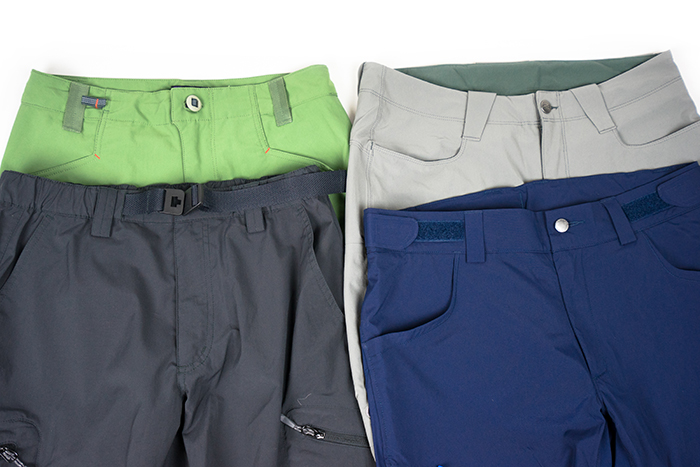
Various adjustment functions. The length is adjusted on the top left by pulling the tape on the left, and the bottom left is adjusted using the attached belt inside. The upper right is only the belt loop, and the lower right is adjusted with the belt loop and the Velcro on both sides.
- The simpler the waist adjustment function, the more comfortable it becomes. Choose one with a simpler adjustment and a simpler fit .
- Try it on and see if it fits。
The pockets are designed to greatly affect the usability of pants, but they actually vary greatly depending on the pants, such as where they are attached, how many, how large, and how there is no zipper. Also, it does not simply serve as a pocket, but also reinforces durability and ventilation (enhancing breathability), so there are many areas where you won't know if you are actually satisfied until you try on them. The only thing I can say is that in terms of ease of use, it's better to have a lot . Sometimes there are modest models that prioritize weight and style, but as a result, they can become just pockets that you don't know what to put in, so be sure to check this out carefully.
- Without considering the weight or shape, it is generally recommended that the pockets have larger pockets and more pockets, making it easier to use and more .
- It's safer to have a zippered pocket to prevent objects from falling out .
- If you are also using it for climbing, check whether it does not fit on the harness belt position .
Drawcorded hem
Recently, models with drawstrings at the hem are becoming more common, and it's often convenient to have one, but it's not enough to interfere with trekking, so I think it's a good idea to have a lower priority. There are three main conveniences.
- It prevents the hem from spreading and makes it less likely to hang on your legs .
- Tighten it over the shoes to create a simple gaiter (prevents the intrusion of pebbles and water) .
- You can roll up long pants and wear them as short pants
summary
If you choose one in the same way as everyday pants, you'll be satisfied with the shape and ease of movement at best, but after doing some research, trekking pants have surprisingly large differences in functionality. We hope this summary will be helpful when choosing the perfect outfit depending on the situation, season, and location. So have a wonderful outdoor life!


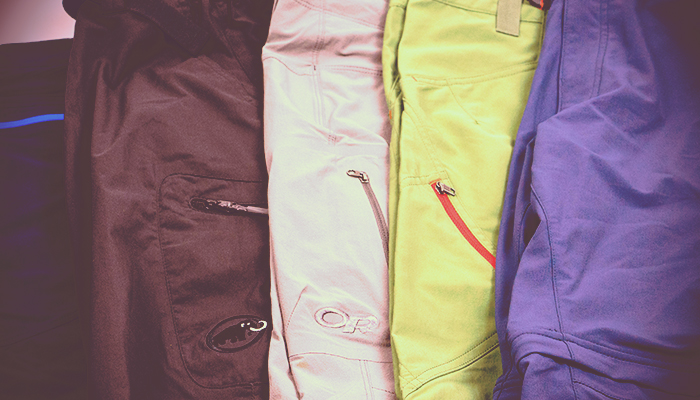
![Arcteryx Arcteryx PALISADE PANT Graphite Graphite 30 [Mens]](https://images-fe.ssl-images-amazon.com/images/I/41vaF43ZTfL._SS100_.jpg)




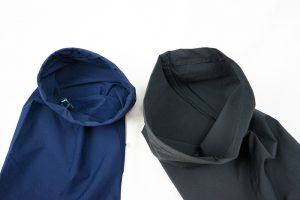
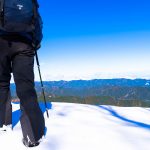 Seven points to keep in mind when choosing the best ski pants (hardshell pants, snow pants, snow bibs), which are surprisingly difficult to find
Seven points to keep in mind when choosing the best ski pants (hardshell pants, snow pants, snow bibs), which are surprisingly difficult to find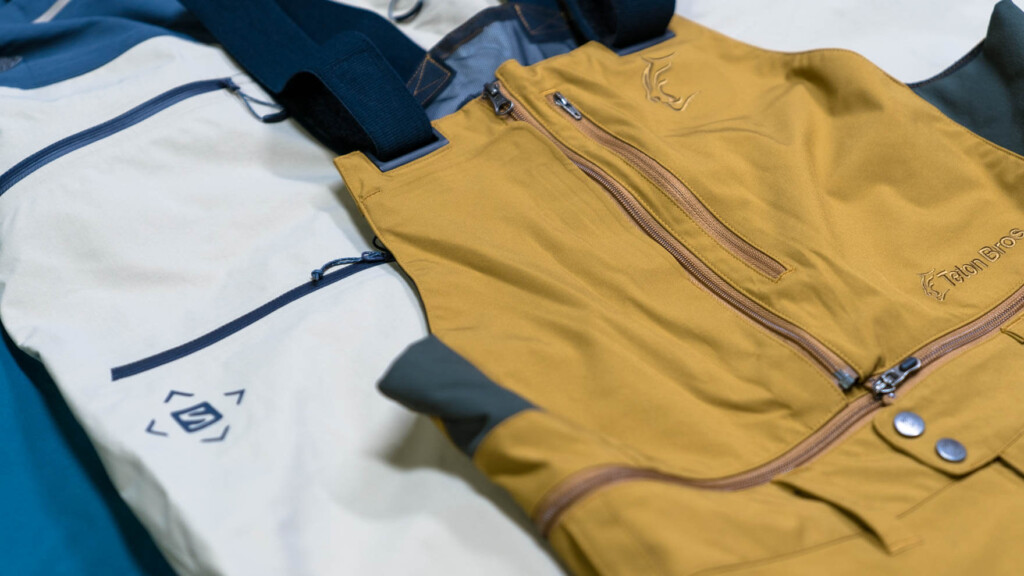 Snowbibs I Want This Year 2021-2022 - 5 Reasons Why Snowbibs Are Recommended for Backcountry and How to Choose Smartly -
Snowbibs I Want This Year 2021-2022 - 5 Reasons Why Snowbibs Are Recommended for Backcountry and How to Choose Smartly -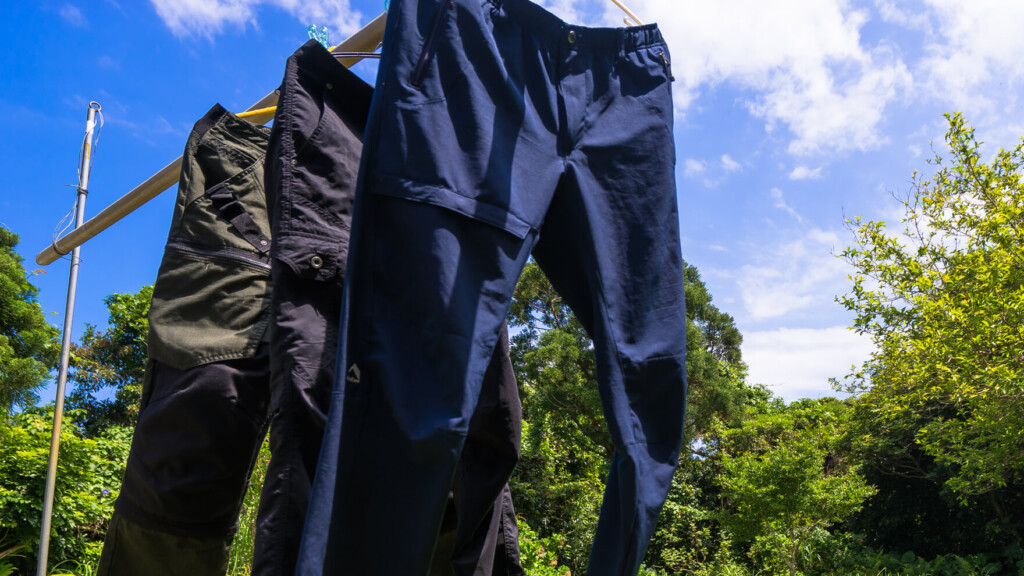 Climbing with Workman! A thorough review of the 2020 Spring/Summer Featured Models ~Trekking Pants Edition~
Climbing with Workman! A thorough review of the 2020 Spring/Summer Featured Models ~Trekking Pants Edition~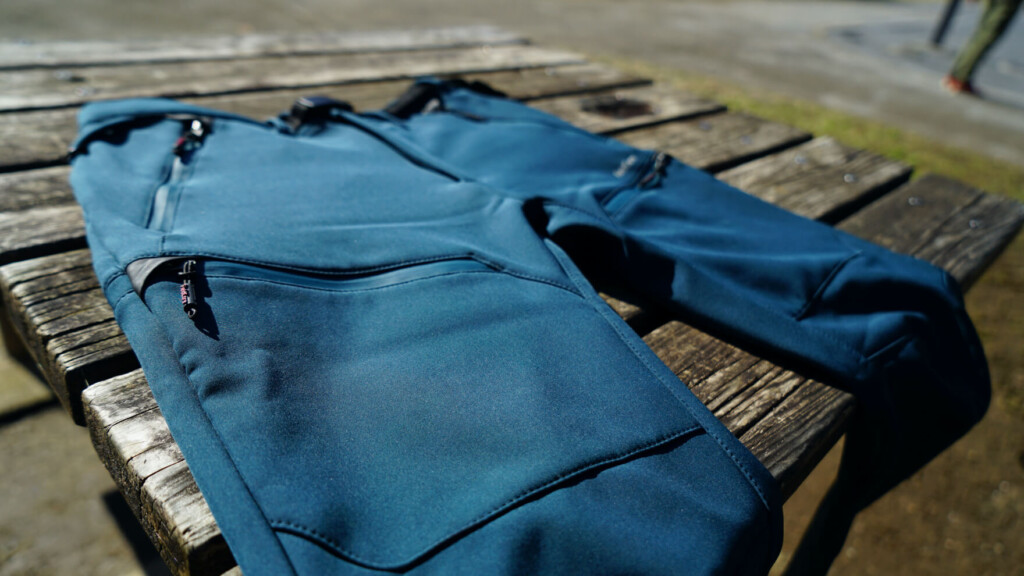 Ambassador check out Workman's new autumn/winter releases! [4] Trial review of cold-weather pants that can be used when climbing
Ambassador check out Workman's new autumn/winter releases! [4] Trial review of cold-weather pants that can be used when climbing